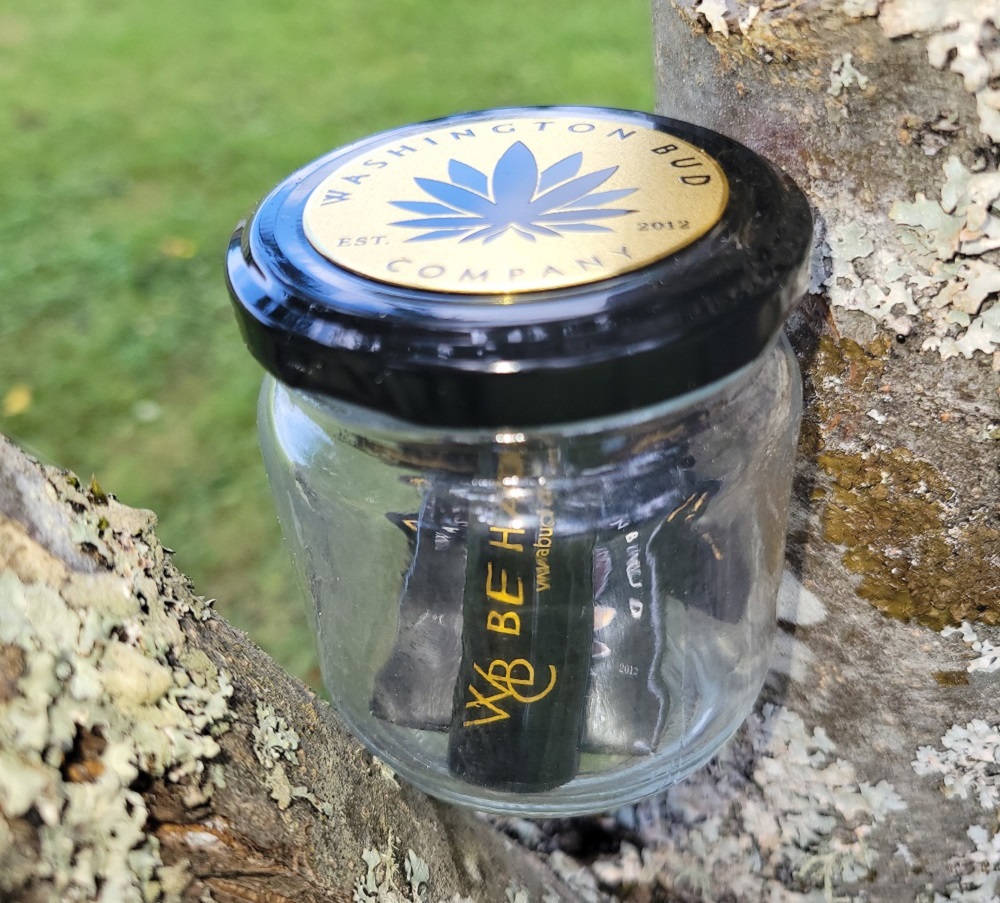
30 Sep The Evolution of Packaging Cannabis
The article by Andrew Witkin in the September 2021 issue of Marijuana Venture touched on the evolution of packaging cannabis and inspired me to further his observations.
Gone are the days of delivering a two-pound turkey bag full of unbranded bud to the local safe access points for them to dispense from two-gallon jars using chop sticks. Those were easy, economical, environmentally friendly and very profitable days for us. Beginning in 2012, we were one of only five growers that began branding our medical marijuana in the Seattle metro area by providing stickers for the budtender jars. Sometimes they made it on the jar, sometimes they didn’t; it was hit-or-miss branding for sure.
Since legalization and seed-to-sale tracking, that method of dispensing flower is no longer acceptable in Washington. When our company was gearing up to transition into the regulated market, we strongly believed our premium flower must be sold in jars to preserve the terpenes and freshness. It took nearly a year to go through the slow process of finding a manufacturer, choosing a jar, designing the commemorative lids and waiting on that slow boat from China. When they arrived, many cases were full of broken glass and the lids were of extremely low quality and had to be redone. This delay caused us to rethink glass versus plastic; which is the lessor of two evils?
Despite the fact that jars can be reused or recycled, they are not environmentally friendly to make and ship. They break and they need to be individually cleaned before packaging. They take up more storage space than pouches and cost about 10 times more. Plus, pouches have more real estate for all the required labels. By the time all the required labeling was placed on the glass, you could barely see the bud!
While we awaited the new lids, I went to work designing new pouch-style plastic packaging. The rules in Washington state required 4-mil plastic with no easy-tear notch, which demanded custom templates for our multi-colored logo. When they arrived, we proved to ourselves that the shelf life in glass was no different than that in the bags. They both protected the aromas of the bud, but they also allowed for light damage. The lighter bags could easily fit on the back wall display pegs most stores were adopting, while jars needed already crowed shelf space.
These days, the state regulators have reduced the 4-mil requirement to as thin as 2-mil plastic to help reduce the carbon footprint. We decided we would risk ordering 3-mil bags to see how they performed. We were thrilled that the shipping costs of the slightly thinner bags saved us over $1,000 — an unexpected bonus!
We experimented with shelf life between the two thicknesses, and I am pleased to report they perform wonderfully. After three months in the bags, both thicknesses only lost 0.02 grams of weight, no matter the strain. The jars, however, aren’t useless — they make nice swag for budtenders!


